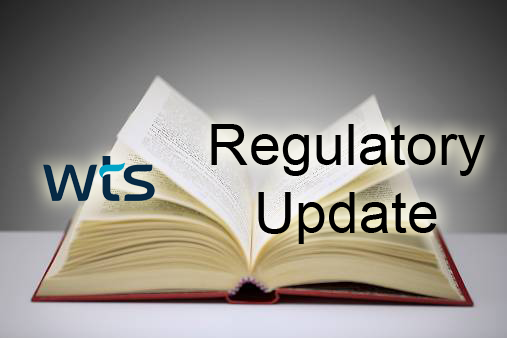There is a myriad of potential liabilities, exposures and RCRA compliance risks associated with the storage of containerized products at Third Party Locations and warehouses for producers. How do we ensure that our partners in the supply chain are meeting our established standards? What standards should we establish around RCRA compliance? How do we maintain visibility on damaged containers, off grade material? When is a material a waste? Who owns the waste? Is the warehouse the generator? Are we the generator? Is there a co-generator status?
The answers are often more clear-cut when considering materials within production facilities, within a company’s fence lines. How do you extend that same commitment to RCRA compliance and the Responsible Care® ethic into the supply chain beyond the fence lines?
Our recommendation is to establish a Management System that promotes continuous improvement, corrects deficiencies identified, contains procedures for continuous compliance, proactively manages off-grade and slow-moving materials, and reports on established metrics. In short, adopting a proactive and systematic approach to RCRA compliance for owned or third party owned locations.
How to create an Integrated Warehouse RCRA Compliance Management System
Identifying the need for RCRA compliance at warehouse locations and establishing an integrated system may not be as challenging as it seems. Consider the following steps:
Step 1: Management System Start-up: Gap Analysis
Understanding and mapping out current environmental procedures and compliance activities at outplant locations is key to identifying and developing an integrated RCRA Compliance Management System. Some key activities could include:
- Assess current chemical and waste inventory for use as a predictor of potential emergency and waste generation events,
- Review current on-site hazardous waste management processes,
- Evaluate past RCRA hazardous waste generation events,
- Review existing records which could include profiles, inspection reports, training documents,
- Assess existing emergency response capabilities, and
- Access existing RCRA waste management training processes.
Step 2: RCRA Compliance Management System Development:
Based upon the information gathered during the Gap Analysis, an Integrated RCRA Compliance Management system can be developed. It is important to be as specific and detailed as feasible to allow for effective communication, training, follow-up and alignment between the producer of the materials and the team at the warehouse or third-party location. Details in the system may include proper identification, classification and differentiation, packaging selection and use procedures, container marking and labeling procedures, EPA Identification Number management, waste accumulation and storage rules, routine spill response procedures, establishment of facility inspection requirements, development of hazardous waste and materials management procedures and implementation of a regulatory update and monitoring process to comply with applicable federal, state and local environmental regulations.
Step 3: System Startup and Implementation
Once the Integrated RCRA Compliance Management System is completed, including review, approval and acceptance by all applicable parties, a successful implementation is a critical aspect. This begins with training programs, both virtual and in person, updating and implementing relevant and required annual training specific to individual responsibilities, and updating of needed documentation including tracking of inventory for slow moving, damaged or waste materials, profiles, SDSs, labels, markings and shipment documentation.
Step 4: On-Going System Management and Maintenance
All effective Management Systems require continual improvement and monitoring to be effective. Routine compliance checks, weekly storage area inspections, monthly dashboard summary reports documenting compliance status, follow-up on any deficiencies for resolution, securing an EPA ID number when applicable, responsible disposal or by-product management for generated or produced materials, proper packaging and preparation for the safe transfer of materials, monitoring the manifest retention system, preparation of annual state regulatory reports, and required annual training all need to be in place to ensure on-going RCRA compliance.
In summary, an Integrated RCRA Compliance Management System provides effective liability protection, extends your Responsible Care Ethic or Environmental Excellence further into your supply chain.

